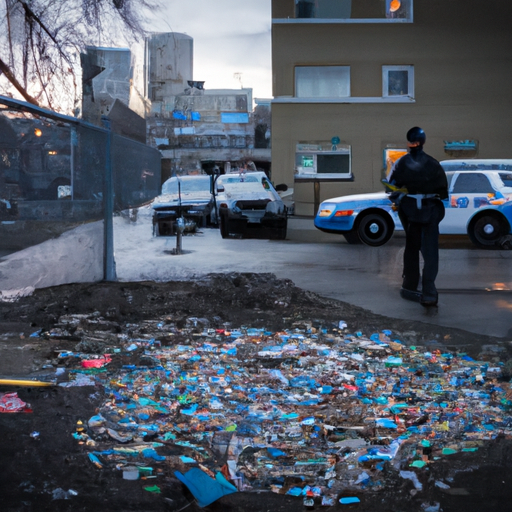Comprehending the Canadian Opioid Crisis: Insights from Recent News
In recent years, the growing opioid crisis in Canada has garnered significant attention from policymakers, healthcare professionals, and community agencies. The Global News report discusses some severe impacts of the opioid crisis on communities and provides insights into measures being taken to combat them. As it becomes increasingly essential for a collaborative and non-judgemental effort to address this multifaceted issue, all civil and communal leaders must apprise themselves of these manifestations.
Understanding the Opioid Crisis
The opioid crisis refers to the escalating number of people abusing and overdosing on both legal prescription opioids and illegal drugs. In Canada, the crisis has grown exponentially, with individuals from diverse socioeconomic and ethnic backgrounds being affected. The reasons are manifold, including the easy accessibility of these drugs, social and emotional stressors, and inadequate informational or support systems. Moreover, the intersectionality of homelessness, crime, and the opioid crisis further exacerbates the issue.
The Impact of the Opioid Crisis
The news piece sheds light on some alarming numbers and effects of the ongoing crisis. A significant increase in opioid-related crime rates is evident. The police chief noted a spike in crime, especially thefts and break-ins, correlated with the rise in opioid use. It’s inferred that individuals addicted to these drugs often resort to criminal activities to fund their addiction. The opioid crisis has also ramped up the pressure on first responders, particularly the police force. They find themselves dealing with drug-related emergencies more frequently than ever before.
The crisis’s impact isn’t limited to crime rates. It also significantly affects the homeless population, making them particularly vulnerable. Individuals experiencing homelessness often grapple with mental health issues and substance abuse; the opioid crisis further intensifies their struggles. Amid these challenges, homeless shelters are finding it increasingly difficult to provide the necessary support due to a lack of resources.
Actions Taken to Combat the Crisis
Evident from the news piece, measures are being taken on various fronts to address the opioid crisis. Here are the key strategies highlighted:
- Community agencies are working in coordination with city leaders to provide resources such as naloxone kits – life-saving drugs used to reverse opioid overdoses. Increased access to naloxone has proven beneficial in preventing overdose deaths.
- A class-action lawsuit is also in progress, comprising thousands of individuals who blame pharmaceutical companies for misleading advertising and contributing to the opioid crisis. It’s hoped that this will result in significant payouts for addiction treatment, community support, and prevention education.
- City leaders recognize the need for non-judgmental, comprehensive care to help those combatting addiction. This includes ensuring that individuals have access to support systems that encompass medical, mental health, and substance use interventions.
Closing Thoughts
As leaders committed to serving our communities, we cannot shy away from speaking about, learning about, and taking action against the growing opioid crisis. This necessary collective effort can help address the current situation and mitigate the adverse effects of the crisis. We must also focus on supporting the victims and not vilifying them, as they are often the most vulnerable individuals in our society.
The fundamental goal should be to create an environment where individuals feel safe to ask for help, where medical and psychological aid is accessible and efficient, and where communities are equipped to acknowledge and address the crisis. While significant strides are being made, like access to naloxone and the opioid class action, there’s still a long way to go in combating the opioid crisis comprehensively.
